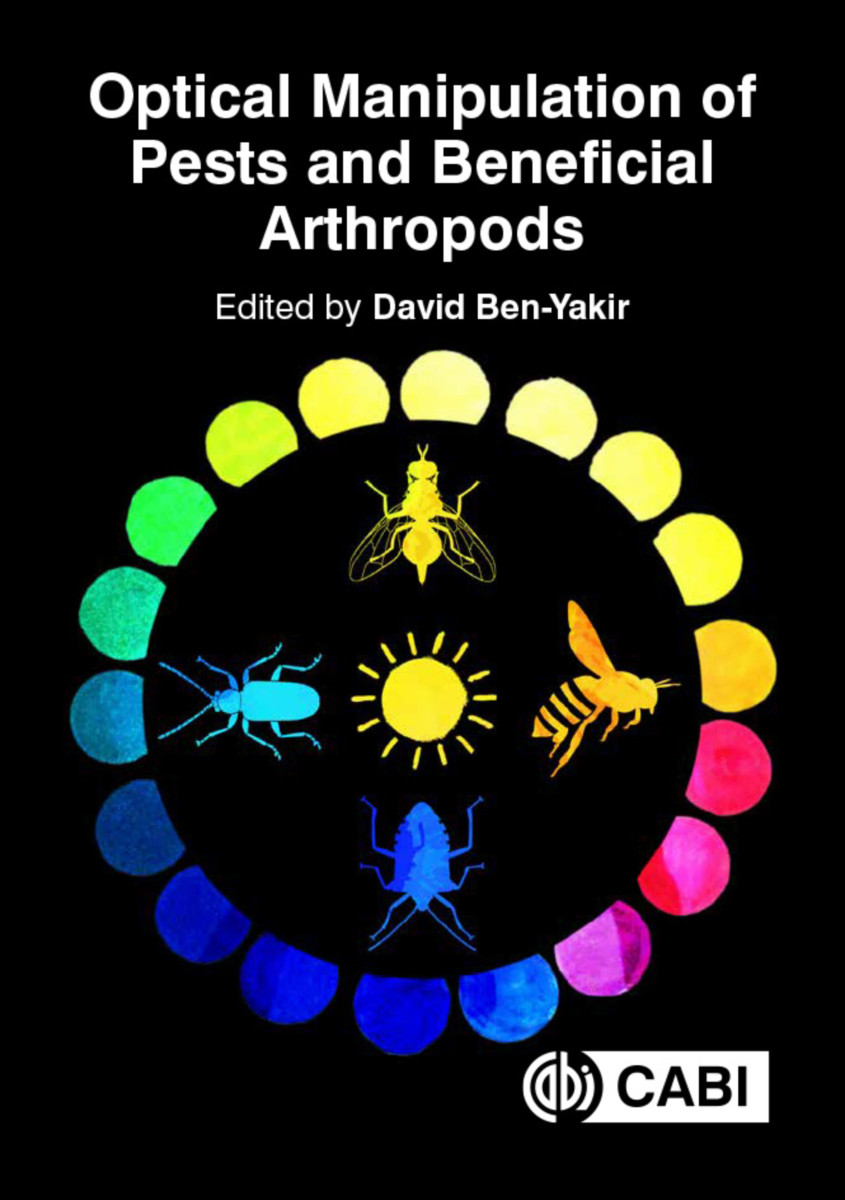Optical Manipulation of Pests and Beneficial Arthropods
- Publisher
CABI - Published
3rd August 2020 - ISBN 9781786394705
- Language English
- Pages 192 pp.
- Size 6" x 9"
Arthropods as pests in crops, vectors of diseases, pollinators, and natural enemies of pests are of huge economic importance. They affect livestock, human health and food supplies around the world. This unique book examines and reviews how light and color can be used to enhance pest management in agricultural and medical applications by manipulating the optical responses of arthropods.
Arthropods use optical cues to find food, oviposition sites and to navigate. Light also regulates their diurnal and seasonal activities. Plants use optical cues to attract or deter various species of arthropod. In this book, an international team of experts show how light can be used successfully to attract, arrest, confuse and deter arthropods as well as to disrupt their biological clocks. The book:
- Presents an up-to-date and thorough summary of what is known about how arthropods of agricultural and medical importance respond to visual cues.
- Describes techniques that use light to manipulate pests and beneficial insects and mites.
- Presents a broad discussion of the potential use of optical manipulation of arthropods to improve the health of plants, domestic animals and humans.
1: Introduction and Summaries of Chapters
2: Light in the Agricultural Environment
3: Arthropod Vision
4: Direct and Indirect Effects of Uv Radiation
5: Visual Interactions Between Plants and Arthropods
6: Deterrence of Pests
7: Attraction of Pests
8: Attraction of Beneficials
9: Manipulation of Chronobiology
10: Current Status and Future Prospects
David Ben-Yakir
David Ben-Yakir is a Research Entomologist in the Department of Entomology, Institute of Plant Protection, The Volcani Center, Rishon Le Zion, Israel.


